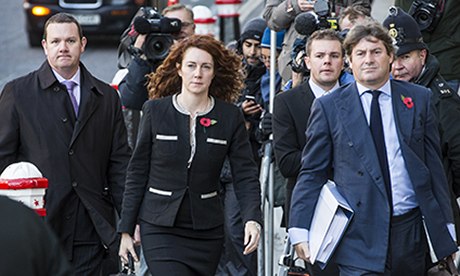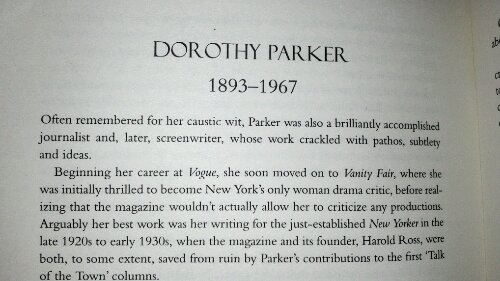If you reside in the UK, you may have noticed an increase in the amount of Christmas jumpers being worn in public over the last few years. 2013 has truly bought this ‘trend’ to head. For the Christmas jumper, once exclusively the ironic Sociology student’s choice of festive apparel, has spread to all corners of society. WWP has spotted this atrocity in the following places (the list is not exhaustive):
- On successful businesswomen shopping for suiting at 7pm on a Friday night.
- On schoolchildren in lieu of school uniform.
- On receptionists at the dentist.
- On dental nurses at the the dentist.
- On a Chinese woman who, in broken English, asked me where she could find a matching Christmas jumper for her two year old son.
Many socio-fashion commentators have rejoiced at this fact, and the 200% rise in sales from last year makes for some great editorials. Joshi Hermann’s piece for the Evening Standard, for instance, calls on the population to embrace the jumper as “a symbol of national Yuletide togetherness”, no doubt picturing a nation populated by middle-class, 30-something SW19 dwellers. Others have lamented the abhorrent aesthetics; the ugliness that has permeated the high street. Yet like many things in the fashion world, if you dig a little deeper it is clear that this issue is not all sugarplums and Santa.
This year, Save the Children launched ‘Christmas Jumper Day’, whereby one wears a quirky jumper to work or school and pays a pound towards the charity. All for the best of causes, however it has two uninvestigated implications. Firstly, unlike an average charity ‘non-uniform day’, children are asked to wear a specific item of clothing. Ergo, parents are forced to purchase a specific item of clothing. Notwithstanding the amount of playground teasing this may lead to (“Mine’s Vivienne Westwood’s bespoke design, yours is from F+F at Tesco?!”), this is a gross economic pressure on families below the breadline, particularly at Christmas.
Secondly, most families will not be bidding on the British Fashion Council’s designs at auction (Mary Katrantzou, McQueen and Peter Pilotto all created brand new designs). They will instead minimise their costs and head to Primark, Gap, Asda and H&M, all of which are infamous for their unethical labour practices that often involve young children.
So as a rough calculation, £1 goes towards Saving the Children and around £15 goes towards keeping them oppressed by giant retailers. And that kids, is the true meaning of irony.


























